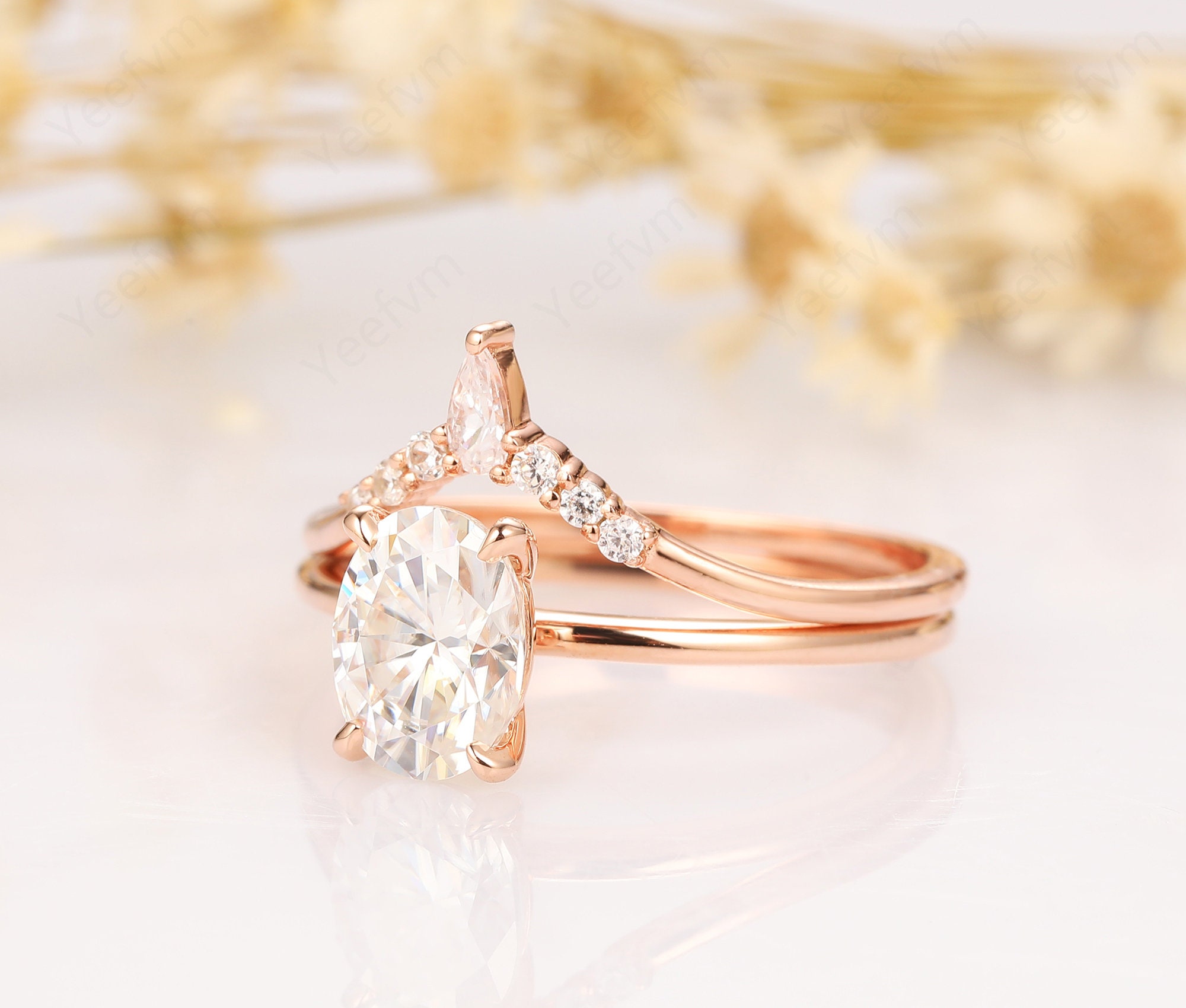Table of Contents
Introduction
Diamonds have long held a revered place in cultures worldwide, symbolizing love, wealth, and status. However, recent years have witnessed a notable shift in the diamond industry with the advent of lab-grown diamonds. This article explores how cultures around the globe are embracing this innovative alternative to natural diamonds, shedding light on its implications and significance.
Historical Significance of Diamonds
From the opulent courts of ancient civilizations to modern-day engagements, diamonds have transcended time as symbols of endurance and luxury. Ancient cultures prized diamonds for their purported mystical properties cultures and lab diamonds, associating them with strength and invincibility.
Emergence of Lab-Grown Diamonds
In the 21st century, scientific advancements have enabled the creation of diamonds in laboratories. These lab-grown diamonds, chemically identical to natural diamonds, are cultivated under controlled conditions using cutting-edge technology. This sustainable approach offers a promising alternative to traditional mining practices.
Cultural Perspectives on Lab-Grown Diamonds
The acceptance of lab-grown diamonds varies across cultures. While some view them as a symbol of technological progress and ethical consumption, others hold onto the allure of natural diamonds steeped in tradition. Cultural preferences influence consumer choices, shaping the market landscape globally.
Economic Impact
The market for lab-grown diamonds is experiencing rapid growth, driven by increasing consumer awareness and demand for sustainable products. This burgeoning sector presents economic opportunities while challenging the dominance of mined diamonds in the jewelry market.
Environmental Considerations
Unlike traditional mining, which can have significant environmental repercussions, lab-grown diamonds offer a more eco-friendly alternative. Their production generates minimal carbon footprint and reduces reliance on mining, aligning with growing environmental consciousness.
Social Acceptance and Perception
Consumer attitudes towards lab-grown diamonds vary widely. Younger demographics, particularly millennials and Gen Z, are more inclined towards sustainable and ethically sourced products, favoring lab-grown diamonds for their traceable origins and minimal environmental impact.
Comparison with Natural Diamonds
While both types of diamonds exhibit identical physical properties, lab-grown diamonds often differ in cost and sourcing transparency. Natural diamonds, formed over millions of years deep within the Earth, command a premium due to their rarity and natural origin.
Ethical Implications
Ethical concerns surrounding diamond mining, including labor practices and environmental degradation, have spurred interest in lab-grown diamonds. These synthetic gems offer a more transparent supply chain, free from the ethical controversies associated with traditional mining operations.
Innovation in Jewelry Design
The advent of lab-grown diamonds has sparked innovation in jewelry design, enabling artisans to create intricate pieces that blend modern aesthetics with cultural influences. Designers leverage the versatility of lab-grown diamonds to craft bespoke jewelry that resonates with diverse cultural sensibilities.
Consumer Education
Educating consumers about the distinctions between lab-grown and natural diamonds is crucial in fostering informed purchasing decisions. Factors such as price differentials, ethical considerations, and personal preferences influence consumer choices in the evolving diamond market.
Lab made diamonds, also known as synthetic or cultured diamonds, are grown in controlled laboratory environments using advanced technological processes that mimic the natural conditions under which diamonds form in the Earth’s mantle.
Future Outlook
Looking ahead, the future of lab-grown diamonds appears promising as technological advancements drive production efficiency and quality. Challenges such as market perception and regulatory frameworks will shape the trajectory of this burgeoning industry in the years to come.
Conclusion
In conclusion, the intersection of cultures and lab-grown diamonds underscores a dynamic shift in the jewelry industry. As global markets embrace sustainability and ethical sourcing, lab-grown diamonds emerge as a viable choice for conscientious consumers seeking beauty with a conscience. Whether steeped in tradition or embracing innovation, diamonds continue to captivate hearts across cultures while evolving with the times.





